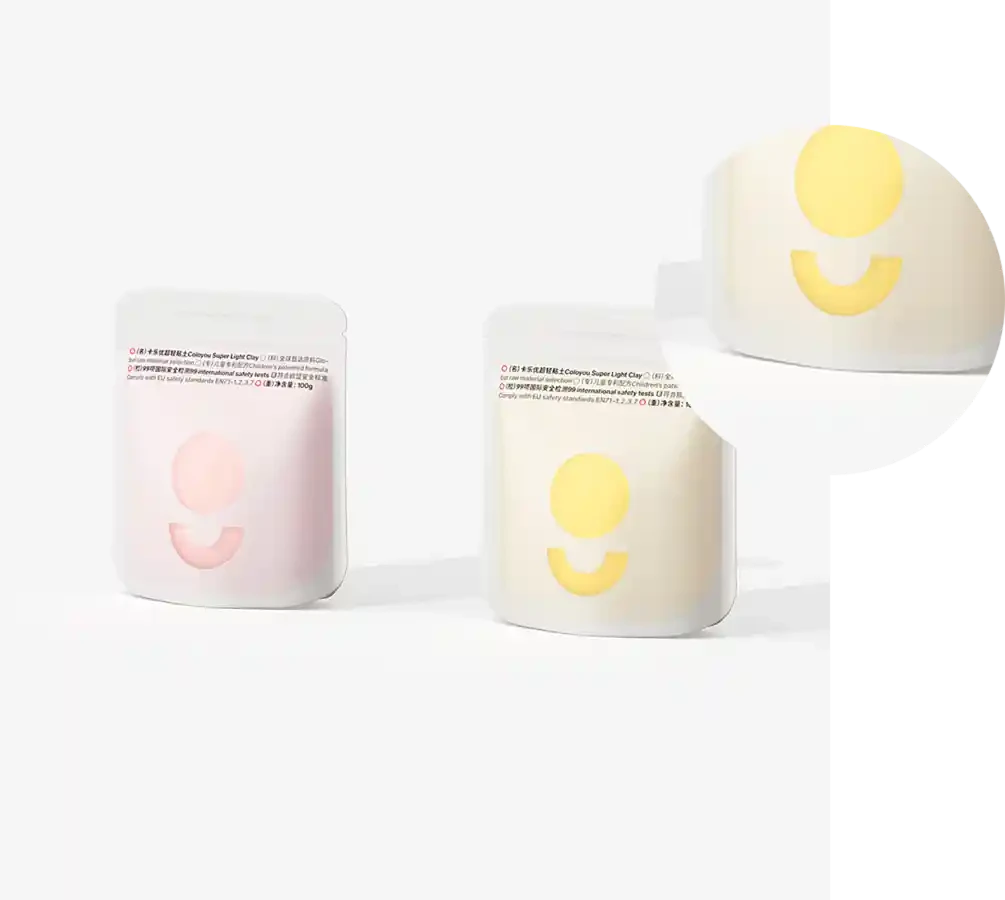- Afrikaans
- Albanian
- Amharic
- Arabic
- Armenian
- Azerbaijani
- Basque
- Belarusian
- Bengali
- Bosnian
- Bulgarian
- Catalan
- Cebuano
- chinese_simplified
- chinese_traditional
- Corsican
- Croatian
- Czech
- Danish
- Dutch
- English
- Esperanto
- Estonian
- Finnish
- French
- Frisian
- Galician
- Georgian
- German
- Greek
- Gujarati
- haitian_creole
- hausa
- hawaiian
- Hebrew
- Hindi
- Miao
- Hungarian
- Icelandic
- igbo
- Indonesian
- irish
- Italian
- Japanese
- Javanese
- Kannada
- kazakh
- Khmer
- Rwandese
- Korean
- Kurdish
- Kyrgyz
- Lao
- Latin
- Latvian
- Lithuanian
- Luxembourgish
- Macedonian
- Malgashi
- Malay
- Malayalam
- Maltese
- Maori
- Marathi
- Mongolian
- Myanmar
- Nepali
- Norwegian
- Norwegian
- Occitan
- Pashto
- Persian
- Polish
- Portuguese
- Punjabi
- Romanian
- Russian
- Samoan
- scottish-gaelic
- Serbian
- Sesotho
- Shona
- Sindhi
- Sinhala
- Slovak
- Slovenian
- Somali
- Spanish
- Sundanese
- Swahili
- Swedish
- Tagalog
- Tajik
- Tamil
- Tatar
- Telugu
- Thai
- Turkish
- Turkmen
- Ukrainian
- Urdu
- Uighur
- Uzbek
- Vietnamese
- Welsh
- Bantu
- Yiddish
- Yoruba
- Zulu
Durable Solutions for Long-Term Water Storage Containers and Their Benefits
Long-Term Water Storage Containers A Comprehensive Guide
Water is an essential resource for life, used daily for drinking, cooking, sanitation, and various other purposes. However, ensuring a consistent and safe water supply can be challenging, especially in areas prone to drought, natural disasters, or infrastructure failures. Long-term water storage containers provide a viable solution for storing water for extended periods, ensuring availability when needed. This article delves into the importance of long-term water storage containers, their types, considerations for choosing the right one, and maintenance tips to ensure water quality.
Importance of Long-Term Water Storage
In times of crisis or emergency, having access to clean water is critical. Natural disasters like hurricanes, earthquakes, or floods can disrupt the water supply, making long-term water storage an essential preparation strategy. Further, in regions with unreliable water sources, secure storage solutions enable individuals and communities to have a dependable water supply for daily use.
Types of Long-Term Water Storage Containers
Several types of containers can be used for long-term water storage, each with its own advantages
1. Plastic Water Storage Tanks Made from food-grade polyethylene, these tanks are affordable, lightweight, and resistant to rust and corrosion. They come in various sizes, ranging from small barrels to large, several-thousand-gallon tanks.
2. Metal Water Storage Containers Stainless steel and aluminum containers are durable and resistant to environmental factors. They can protect water from contamination and are often used in commercial settings. However, they can be heavier and more expensive than plastic options.
3. Collapsible Water Containers These portable containers are made from flexible materials and are excellent for temporary storage or for people with limited space. They are easy to transport but may not provide as long a lifespan as rigid tanks.
4. Cisterns Cisterns are large underground tanks that store rainwater or other sources. They are particularly effective in areas where rainwater harvesting is feasible. Cisterns require proper maintenance to ensure water quality and avoid contamination.
5. Water Bladders These flexible containers are designed for water storage and transportation. Ideal for camping or emergency preps, they come in various sizes and are easy to store when deflated.
Choosing the Right Container
When selecting a long-term water storage container, several factors should be considered
long term water storage container

- Material Ensure that the material is food-grade and safe for drinking water. Avoid containers made from materials that leach harmful chemicals. - Size Consider your household needs and the available space for storage. The container should be large enough to meet your requirements while fitting within your storage area.
- Durability Look for containers that are resistant to UV light, temperature fluctuations, and physical damage to ensure longevity.
- Portability If you need to move the container frequently, opt for one that is lightweight and easy to transport.
- Cost Set a budget and compare the costs of various options. Remember that a higher upfront cost might save you money in the long run due to durability.
Maintenance Tips
Maintaining water quality is crucial for long-term storage. Here are several key maintenance practices
1. Regular Inspection Periodically check containers for cracks, leaks, or signs of corrosion. Inspect the seals and covers to ensure they are airtight.
2. Cleaning Before filling a container, clean it thoroughly with a solution of unscented bleach (1 tablespoon for every gallon of water) and rinse well. This helps to eliminate any bacteria or contaminants present.
3. Water Rotation Change out the stored water every six months to a year. This ensures that the water remains fresh and free from stagnation issues.
4. Storage Conditions Keep containers in a cool, dark place to prevent algae growth and degradation of the container material. Avoid exposure to direct sunlight.
Conclusion
Long-term water storage containers are vital for ensuring a reliable water supply during emergencies or in areas with limited water access. By understanding the different types available, considering key factors for selection, and maintaining stored water effectively, you can prepare for the unexpected and ensure the safety and quality of your water supply. Whether for personal emergency preparedness or community planning, investing in quality water storage solutions is an essential step towards resilience and sustainability.













